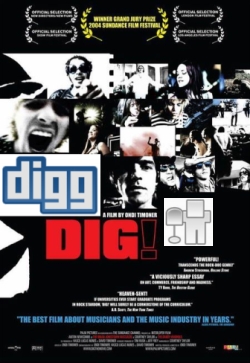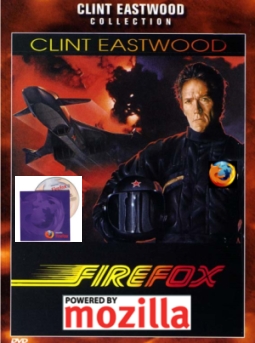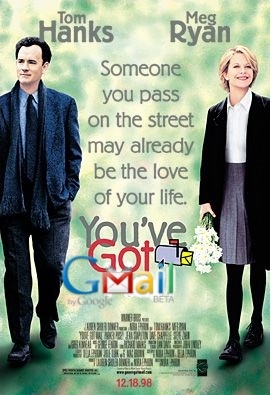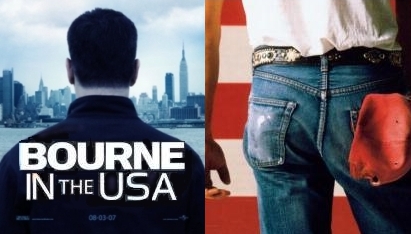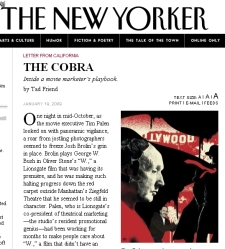 The latest issue of The New Yorker has an interesting article by Tad Friend on movie marketing with a focus on Lionsgate’s resident guru Tim Palen.
The latest issue of The New Yorker has an interesting article by Tad Friend on movie marketing with a focus on Lionsgate’s resident guru Tim Palen.
If you have ever wondered how film marketing works in Hollywood then this is required reading.
One section of particular interest is when Friend mentions five ‘unofficial rules’ that studio marketers have in order to make their films seem broadly ‘relatable’:
- Can’t we all get along? In “Stomp the Yard,” which was about an urban street dancer who goes to college, the poster showed the African-American hero with his back turned, leaving his race indeterminate. The campaign for “Bring It On” portrayed the story as a rivalry between white and black cheerleading squads, even though more than eighty per cent of the film was about the white squad. The first marketing materials for Fox’s X-Men franchise showed only an “X.” Why exclude half your audience?
- If the poster shows a poster child, the movie is for kids. Posters are intended to tell you the film’s genre at a glance, then make you look more closely. Horror posters, for instance, have dark backgrounds; comedies have white backgrounds with the title and copy line in red. Because stars are supposed to open the film, and because they have contractual approval of how they appear on the poster, the final image is often a so-called “big head” or “floating head” of the star. Every poster for a Will Smith movie features his head, and for good reason: he is the only true movie star left, the only one who could open even a film about beekeeping monks.
- Everybody’s a comedian. Any drama with at least three funny moments in it will be portrayed, in the trailer and TV spots, as a comedy. The trailer for the 2005 film “The Squid and the Whale” conveyed a measure of the film’s delicate unease, but it was basically a series of wry exchanges. A joke, particularly a pratfall, is self-contained, whereas a sad or anxious moment is hard to convey briefly and out of context.
- If it’s called “The Squid and the Whale,” it’s somebody else’s problem. That movie was produced by Samuel Goldwyn Films, an independent studio, and grossed seven million dollars—quite good for a small film, but not for a studio release. If a movie’s title and stars don’t tell you almost everything you need to know about a film—“Get Smart,” starring Steve Carell, say—marketers worry. Fox had to spend a little extra to sell “The Devil Wears Prada,” because casual moviegoers wondered what Meryl Streep was doing in a horror film. When a movie under performs, an awkward title is often seen as the culprit.
- Always cheat death. People die in movies; they almost never die in trailers. They are courageous (“The Express”) or missing (“Changeling”) or profoundly alive (“Revolutionary Road”). “If a movie is completely, one hundred per cent about death, then it’s also about life, right?” Fox’s co-head of marketing, Tony Sella, told me. The only thing marketers can’t pull off, Sella acknowledged, is “selling old to young”—persuading kids to see a movie like “Driving Miss Daisy.” “You can try with”—he adopted a baritone voice-over—“ ‘You don’t know where you’re going, but here’s what it’s going to look like when you arrive.’ But they usually say, ‘Screw you, I’ll wait.’ ”
There is also an observation about how marketing dictates what kind of movies get made:
Marketing considerations shape not only the kind of films studios make but who’s in them—gone are lavish adult dramas with no stars, like the 1982 “Gandhi.”
Such considerations account for a big role being written for Shia LaBeouf in the most recent “Indiana Jones” (to attract youthful viewers as well as Harrison Ford’s aging fans).
They also account for the virtual absence from the screen of children between the ages of newborn (when they appear briefly, to puke on the star for the trailer) and that of the Macauley Culkin character in “Home Alone.”
It explains the arc of a campaign for an average movie:
Modern campaigns have three acts:
- A year or more before the film debuts, you introduce it with ninety-second teaser trailers and viral Internet “leaks” of gossip or early footage, in preparation for the main trailer, which appears four months before the release;
- Five weeks before the film opens, you start saturating with a “flight” of thirty-second TV spots;
- At the end, you remind with fifteen-second spots, newspaper ads, and billboards.
Plus, we also get a breakdown of the average costs:
Studios typically spend about ten million dollars on the “basics” (cutting trailers and designing posters, conducting market research, flying the film’s talent to the junket and the premiere, and the premiere itself) and thirty million on the media buy.
Between seventy and eighty per cent of that is spent on television advertising (enough so that viewers should see the ads an average of fifteen times), eight or nine per cent on Internet ads, and the remainder on newspaper and outdoor advertising.
The hope is that a potential viewer will be prodded just enough to make him decide to see what all the fuss is about.
Read the rest of the article at The New Yorker’s website.
> Find out more about Lionsgate at Wikipedia
> Tim Palen’s official site

